Office de Tourisme de la Vallée de Munster
Home - Fauna and Flora - The Stork – Munster

The stork is the emblematic animal of Alsace.
In the town of Munster, you’ll have the chance to see many of them on their nests or in full flight. Until recently, a stork park was used to reintroduce the animal, but it has now been replaced by chickens.



The stork is a large wading bird, with a calm gait, a slow flight and often gliding. It measures about one meter long, with a wingspan of two meters and a weight of three kilos.
The history of the stork in Alsace is recent, since 1870-1880, but it has been there for thousands of years. Under Vercingetorix, Gaul was wooded from Lyon to Strasbourg, so there were already many black storks (which prefer the forest). The stork was widespread as far as Moscow in the Middle Ages, to the Urals during the Renaissance, which shows its fluctuation according to climates and temperatures.
Number: In 1960: 148 pairs of storks in Alsace In 1974: 9 pairs In 2009: 450 pairs, including 270 in the Haut Rhin and 1,000 stork chicks. In 2012: 600 in Alsace and 30 in Munster
The first release (storks from the park are released) of storks took place in 1987 in Munster and in 1976 in Katzenthal (the first in Alsace)
In 1983, APRECIAL (Association for the Protection and Reintroduction of Storks in Alsace Lorraine) was created to protect them.
Problems of disappearance of storks due to: the shootings of the end of colonialism, electrocution, poisoning of locusts, the main food of storks in Africa, drought in Africa
From now on, there are 17,000 couples in France, 52,000 in Poland, 1/4 of the world’s storks, 42,000 in Spain, the 2 other major stork countries. Storks make 2 journeys: Those from Eastern Europe, like the Polish ones, fly over Turkey and cross the sea through the Bosphorus Strait. Alsatian, German and Swiss storks pass through the Strait of Gibraltar. At the beginning of August, from the 1st to the 8th, they travel 6,000 km in 2-3 months, sometimes up to 1,600 m altitude, and glide 200 to 400 km/day. They use the ascending currents of warm air to migrate. Storks are taken care of in Belgium, Holland, Switzerland, Germany and Alsace. 2 species in France / 19 in the world.
20% of migratory storks go to Africa, 50% stay in France. 22% of storks return to Munster compared to 8% in the 70s.
The species has been protected since 1976 by French law.
On June 11, 2009, a steering committee was set up for an operation similar to the flowery villages, according to the number of storks hosted by village.
European Stork Days are held every year. From now on, the reintroduction system is suspended, we are in a phase of population management, so that the stork finds its place and its cycle before 1974. The objective is that they become a little wild again, that there is less and less intervention and feeding by man, so that the migratory cycle can continue. Another objective: instead of having 25 birds in 1 place, the idea would be to have 8 or 10 in several places.
Weight: 3 to 4 kg, the male is a little heavier than the female.
Size: 1 meter to 1.15 meters high (the man is slightly larger). Its legs are 19 cm.
Wingspan: 1.2 to 1.6 meters
Lifespan: 20 to 30 years
Diet: It is carnivorous. In the wild, it disturbs its prey and then recovers it. It eats up to 500g of meat per day and feeds in wetlands and meadows, on frogs, small mice, worms, slugs, field mice and crayfish. 500 mice per year are enough for it! Its hunting technique: it disturbs its prey and recovers it
Lifestyle: In a colony or group, knowing that a group corresponds to a nest, a family. Beyond a certain colony size, there is competition between them and a problem for humans to manage this group. They crackle or tap dance. They see colors very well and hear like humans.
Reproduction: Back from a trip (from February to May), the stork lays about 3 to 5 eggs in 6 days. After a month of incubation (the female incubates more than the male), 3 to 5 young appear at the end of March, beginning of April. They stay in the nest for 2 weeks and are fed by their parents (who put the food in the nest and not in the beak like other birds). In 2 months, they will have gained 3kg. They fly away after 10 weeks and return every evening until migration, mid-August. An adult stork is 3 years old. The young stork is recognized by its black beak. It loses its down after 4 weeks.
The nest: it is built by the male when the couple arrives in March. The choice of nest depends on the female. The storks return there from one year to the next. Its diameter is 120cm, like the wingspan of the stork (which thus protects its nest). It weighs 500kg and is made of branches, then moss and grass inside (for comfort). The bottom of the nest is flat and under the nest nest the sparrows. Some nests weigh more than 1243kg
The baggage: it requires authorization from the Natural History Museum of Paris. The young storks are ringed when they are between 4 and 6 weeks old when they are not yet flying. The ring is 16mm in diameter and 30 to 35mm high. It shows the country of baggage, the city of the region as well as a census number. We recognize a migrant stork because it has a ring on its right leg, the sedentary stork will be ringed on the left.
Note: The female speaks more than the male. Parents do not teach children to hunt, they learn it themselves. 3 types of feathers the Tuiles (or cover, which prevent the rain from penetrating), the rectrices (the tail behind which serves as a rudder) and the remiges (the black feathers at the end of the wings, which are used to take off when they are closed and when landing they are open) Discharge problem: they go there by gregarious habits, to see each other, to talk to each other. Sometimes there is something to eat for them other times not, so they eat rubber bands and die. There are sometimes 150 of them on the same site Storks move within a radius of 4 to 5km, which is generally the distance from one bell tower to another in Alsace. Elsewhere, they are in nature.

The stork is more protected in Alsace than elsewhere: it cheers people up, when the storks are there on sunny days here, things are going well, the stork brings the children, also symbolizes peace a little (no wars…), the storks move within a radius of 4 to 5km, which is generally the distance from one bell tower to another in Alsace. Elsewhere, they are in nature.
Who really knows the legend of the stork? Here are a few explaining its fame and why it has become a symbol of the arrival of babies… It all starts in Alsace, under the Strasbourg Cathedral. Under the Strasbourg Cathedral, there used to be a lake. This is where the souls of the children waiting to come into the world paddled and had fun. On this lake, there also lived a gnome who spent his time sailing in a silver boat. With a golden net, he delicately caught the souls of babies. He then gave them to the stork and it only had to place them in the cradles …
Created with cherry blossoms from Alsace, that’s why it is so white. Its legs and beak took on the purple color in the setting sun when it flew away. On its return from migration, it saw the plains of Alsace bloodied and ruined by wars and asked the gods to wear mourning, which they refused, but allowed it to dip the tips of its wings in the black of sadness and despair. Which it did. But everything is explained: indeed all these pretty beliefs and legends that attribute so many virtues to Storks are undoubtedly due to their return to Alsace in Spring, symbol of Birth and renewal and to the fact that thanks to their long beaks they rid fields and marshes of snakes and other animals harmful to man. In Morocco, the stork is not hunted as is the case in some African countries. It is considered by Moroccan popular belief as a sacred bird and brings good luck. Popular legend tells that the stork would be an imam, a holy man dressed in two burnous, one black and the other white. In ancient Egypt, the stork was sacred and anyone who attacked it was punished by death. In Greece, in the past, the edict that forced children to feed their elderly parents in distress was called “stork law”. Legends tell that the stork is above all a good luck charm. When a young girl sees a stork on the ground taking a few steps towards her, it is said to be a sign of marriage within the year.

Saturday: 09:30 – 12:00 and 14:00 – 17:00
